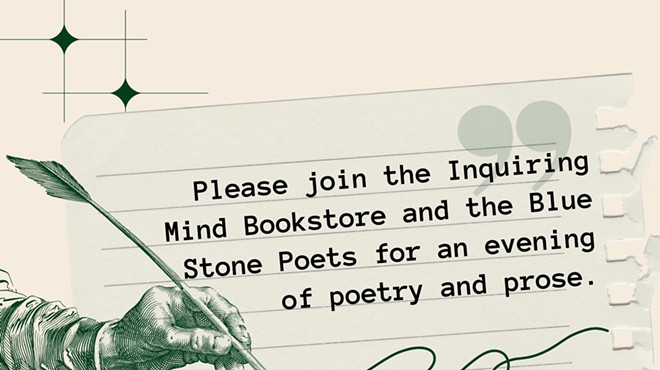What is “Gender Apartheid”?
“Gender Apartheid” was coined by the Feminist Majority Foundation to advocate for and attract interest in Afghan women’s human rights—and the abuses they faced under the Taliban. Waged by American feminists, this high-profile campaign used the image of the burqa, or chaddari, as its galvanizing point to generate world interest. The oppressed downtrodden creature beneath a blue sheet. Gasp! How can we allow this to happen?!? Many Afghan feminists felt that such campaigns—while well intended—were waged without them. The burqa became the symbol of abuse—and therefore removal of the garment would indicate “liberation” and an end to abuse. The chaddari was and is not the barometer by which to measure social change. In fact, its presence or absence does little to indicate liberation. We’d be better off judging liberation by what Afghan women say—and how they feel about their rights and roles. And their voices are quite clear—things are getting worse for them. Yet such campaigns were deemed successful by the West with the so-called liberation of Afghanistan in 2001. Unfortunately this liberation has yet to materialize.
What is the relationship between Gender Apartheid and what you call “Chaddari Politics”?
The chaddari is not a new object of Western obsession. It became a symbol of Taliban abuses, but it should be viewed in its sociopolitical and historical context. It was not a Taliban invention—and in fact was used at times as a symbol of resistance and not just a one-dimensional vehicle of oppression. The bottom line is that any act of veiling is not a denial of women’s ability to act on their own behalf, no matter how perverse our curiosities and fetishes on veiling might be. I think of Edward Said’s Orientalism in this case—because the Western world still has not managed to contain its curiosity for what lies beneath a veil. I use the term “Chaddari Politics” because the chaddari has political implications. The “Gender Apartheid” campaign used it as a political tool. Afghans use the term burqa when they are discussing the garment with us—but amongst themselves they use the Dari/Persian term chaddari. Despite this, American feminists made burqa the prevalent term.
In 2002, when I moved to Afghanistan, I wrote reports to the organizations, donors, sponsors, etc. to help them understand the situation. Stating my impressions in my first report I wrote: “My sense is that Afghan women long for choice—the choice to wear a veil, or a burqa, or nothing at all. The issue extends well beyond the actual fabric of the burqa. It is more important to address the psychological burqa, and its progeny—the fear burqa and the poverty burqa. Social evolution is a slow process, and our task in this is to offer women the tools with which they can achieve self-sufficiency, a choice, and a voice.” Today, it is worthwhile questioning the extent to which we’ve done that—and what all these changes that are taking place actually mean to Afghans.
Yet the chaddari/burqa imagery helps to bring in donor money to NGOs that supply aid. NGO media campaigns depict the Taliban as the “problem” and NGOs as the “solution.” Men, in general, are viewed as “bad” and women as “good.”
Any image of veiling tends to generate attention as it takes place in a post-9/11 context where the Western world is filled with a fear and fascination with political Islam, particularly the role of women in Islam. And of course the veil—or any form of covering—is the public manifestation of this fear and fascination. As a result, it becomes easy to imagine how a veiled woman might be in need of aid. Despite our curiosities, we don’t often see that a strong, intelligent, and capable Afghan woman could be beneath the blue! The aid community likes to boil things down to black and white in order to simplify our work—or perhaps to justify the need for it. Interventions are either successes or failures. We miss out on the nuances.
You talk about how the word “gender” is the new buzzword of the international community, and how Afghans have no translation or definition for it. Yet Afghans have learned to use it as a marketing tool because they know it will get them aid money.
Gender is about the attributes and opportunities associated with being male and female in a given society at a given time. It isn’t just another word for women. It has economic, social, cultural, and political implications. It is socially constructed and changes over time—and based on specific events. In Dari or Pashto, they still don’t have a definition for gender that everyone agrees upon or understands. We in the West still use gender as another word for women or sex—which is wrong on both counts. Gender is more complex. When we use the term gender to mean women, we are conveniently cutting the political implications out—leaving us with a buzzword, a new way to say women. Instead we should say “women” when we mean women, and reserve “gender” for more robust usage, which means including men and looking at politics as the distribution of power—meaning resources and influence, and an understanding of who gets what, when, how—and why. Aid is always political. Social change is political. Gender is political—especially in Afghanistan. So we owe it to Afghans to take on the term in its full form. As one Afghan man I interviewed said, “It’s important to know and to find out for ourselves what gender means in Afghanistan.” He explained that Afghans weren’t given the space to determine what kind of changes they sought—and how to go about them. In effect, Afghans felt that we were imposing our own views of what gender roles and relations should be like on Afghanistan.











